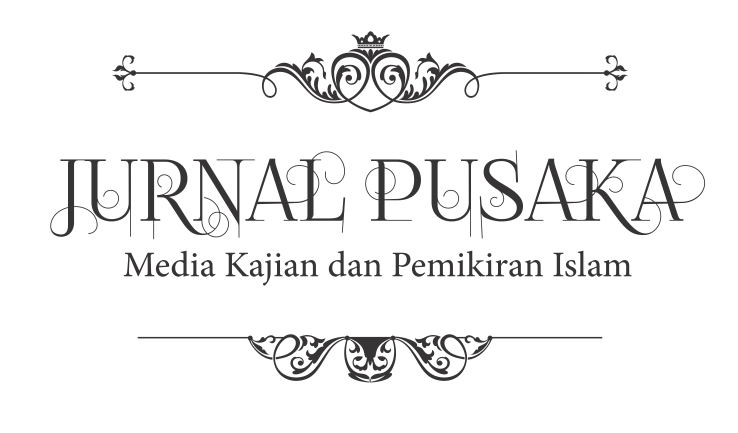TUHAN DALAM FILSAFAT DIALOG MARTIN BUBER
DOI:
https://doi.org/10.35897/ps.v1i2.12Abstract
Martin Buber is one of those prominent philosophers who offer alternatives to the problem of the distanced or separated view of objects. This view has rooted in the Eastern world, thanks to the Cartesian modern philosophy and the increasingly development of science.
The Philosophy of Dialogue is Buber’s proposal to overcome the problem of subject-object distancedness and separatedness. The Philosophy of Dialogue argues that reality is “relationâ€. There are two kind of relations, according to Buber: I-Thou and I-It relation. The I-Thou relation is human experience as a totality; an original, spontaneous, unpretended and uninterested one that gives effect to the subject and the object as such. The I-It relation, on the contrary, is a distanced and power-pretended relation. It is the later relation that dominates philosophy and science in nineteenth century.
Human has a central and fundamental place in Buber’s metaphysical concept of “relation†because the whole beings exist in human’s encounter toward them. Buber’s view about human nature, therefore, is the most basic of his entire philosophical thought.
This philosophical standpoint enables Buber to begin his formulation on philosophy of religion. Buber expresses God as The Eternal Thou. With this expression, The Eternal Thou, Buber wants to move beyond all manifestations of human’s belief of God because it is not the understanding about God that Buber is pointing at, but the dialogical moment between man and God. Buber also argues that the only way to express the encounter with The Eternal Thou is by using paradoxical language. Only this paradoxical language can touch the most sublime side of that encounter.
Keywords: Martin Buber, Filsafat Dialog, Relasi I-Thou dan I-It, The Eternal Thou, Bahasa Paradox
Downloads
References
Buber, Martin. (1984). I And Thou (terjemahan Inggris oleh Ronald Gregor Smith). Edinburgh: T. & T. Clark.
___________. (2002). Between Man and Man (Terjemahan Inggris oleh Ronald Gregor Smith). London: Routledge Classics.
Cohen, Arthur A. (1957). Martin Buber. London: Bowes & Bowes Publishers, Ltd.
Friedmann, Maurice. (1956). Martin Buber The Life of Dialogue. Chicago: The University of Chicago Press.
___________. (1991). Encounter on The Narrow Ridge: A Life of Martin Buber. New York: Paragon House.
Gordon, Haim. (2001). The Heidegger-Buber Controversy: the status of I-Thou. United State of America: Greenwood Press.
Diamond, Malcolm L. (1991). “Dialogue and Theology†dalam Paul Arthur Schlipp dan Maurice Friedmann (eds.). The Philosophy of Martin Buber. United States of America: The Library of Living Philosophers, Inc.
Moore, Donald J. (1996). Martin Buber; Prophet of Religious Secularism. New York: Fordham University Press.
Wheelright, Philip. (1991). “Buber’s Philosophical Anthropolical†dalam Paul Arthur Schlipp dan Maurice Friedmann (eds.). The Philosophy of Martin Buber. United States of America: The Library of Living Philosophers, Inc.
Wood, Robert. (1969). Martin Buber’s Ontology: An Analysis of I and Thou, United States of America: Northwestern University Press.
Zack, Naomi. (2010). The Handy Philosophy Answer Book. United States of America: Visible Ink Press.
“Martin Buber†dalam http://plato.stanford.edu/entries/buber, diunduh pada 1 Juni 2012




